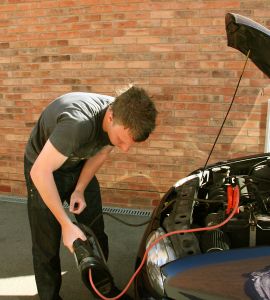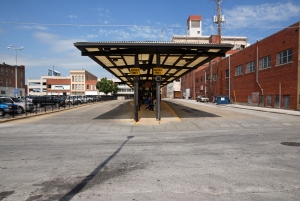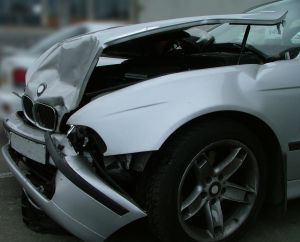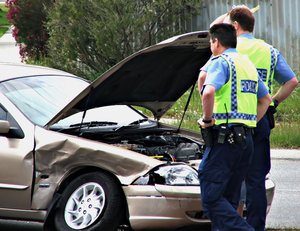Getting your driver’s license for the very first time is exhilarating. Unfortunately, the many influences on what a teen drives can have a major impact on their safety. According to Mail Online, our newest drivers say that they feel pressured to drive an older, cheaper vehicle because they can’t afford the insurance for a newer, safer car.
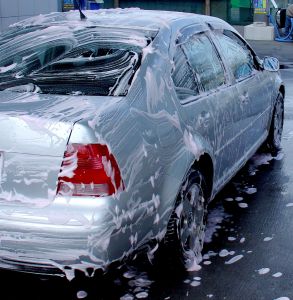
More specifically, about half of all newly-licensed drivers say they’re pushed into older vehicles and this is what’s putting them at high risks behind the wheel. As a matter of fact, these young drivers have higher accident risks than any other age group of drivers.
The same could be said for teens who are allowed to drive newer sports cars, or larger four-wheel drive trucks or SUVs.
Our Boston car accident lawyers understand that drivers between the ages of 17 and 26 account for close to 20 percent of all motor vehicle accidents in the U.S. each and every year. Fatalities reported among these accidents account for more than 20 percent of all roadway deaths, according to the Department of Transport.
Even with this in mind, close to 65 percent of the drivers surveyed by manufacturer Alfa Romeo and insurer Marmalade say that it’s wrong for insurance companies to charge more for insurance because of their age. About 75 percent of these same drivers say that they were basically forced into an old car with fewer safety features. And that’s what they’re blaming their high risks for an accident on — the driving forces behind their increasing car insurance premiums.
Insurance companies conjure up a number based on the cost of claims. Consider that a whopping four in five teens said that they’re reliant on their parents for financial support to get a first car.
In 2010, about 2,700 teens in the United States aged 16-19 were killed and almost 282,000 were treated and released from emergency departments for injuries suffered in motor-vehicle crashes, according to the Centers for Disease Control and Prevention (CDC). About 2 out of every 3 teenagers killed in motor vehicle crashes in 2010 were males.
One of the best ways to keep you teen safe, in any vehicle, is to make sure that they’re equipped with safe driving habits. These are the years that are most important. The driving habits they learn now are likely to stick with them for their entire career behind the wheel.
And now is more important than ever. A Liberty MutualStudents Against Destructive Driving (SADD) survey results provide supporting evidence of recent National Highway Traffic Safety Administration statistics that show that more teens die in car crashes during the summer months (June through September) than any other time of the year.
Continue reading
 Boston Car Accident Lawyer Blog
Boston Car Accident Lawyer Blog




